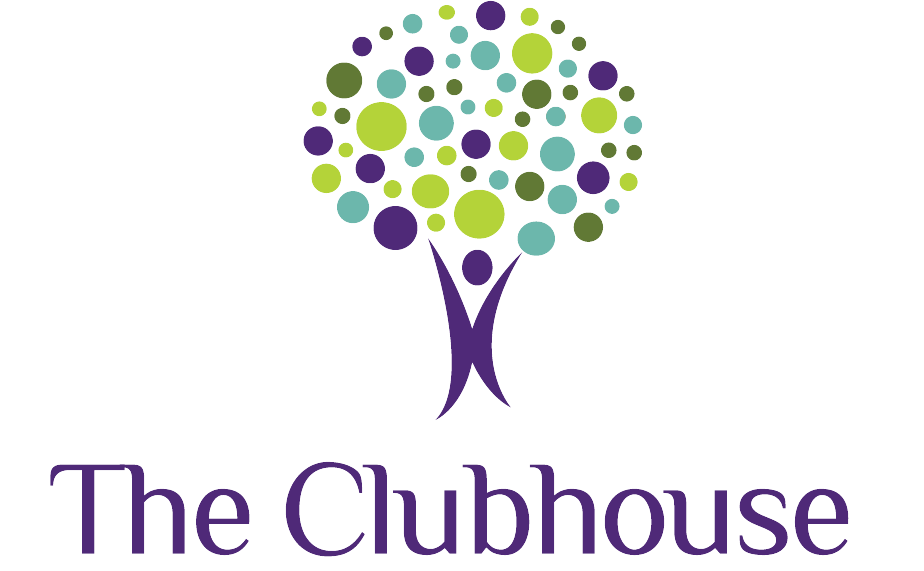3 Easy Ways to Build Sequencing Skills During Daily Routines
Learning to use sequencing words and descriptive language when moving step-by-step in an activity is a useful skill that children will use throughout their lives. Children with delays in language often need extra practice with learning to explain step-by-step directions clearly. Luckily, this skill can easily be practiced in daily routines with your child! Here are a few easy ways to work sequencing skills into your day:
In the Kitchen
Pick a food your child is familiar with having and has watched you prepare many times. Have your child verbally walk you through the steps for preparing the food. If your child misses a step or forgets an ingredient, point out that something’s missing. This is often a silly realization, such as if the spoon is missing from their cereal bowl!
Try to have your child verbalize each individual step along the way by asking, “What should I do next?” If your child is working on more specific vocabulary, have them give even more specific directions (e.g., open the pantry, take out the cereal box, close the pantry door). If your child is just learning to sequence steps, draw or print pictures of each simple step to support their verbal language.
During Play Time
Pick an activity with multiple steps, such as building something with blocks, playing a board game, making a craft/drawing, or some of these therapist-recommended sequencing activities. Give your child and yourself the same set of materials. Have your child verbally explain each step in what they want to make, while you complete each step as it’s explained.
If your child is older and you’re building or drawing, put a barrier between each other so you can rely only on the verbal information provided. Lift the barrier at the end to see what directions could have been explained more clearly!
Getting Ready for Bed
Have your child explain each step in getting ready for bed for the family. Use the entire bedtime routine or only one step (e.g., brushing teeth) depending on how much language your child has. If they forget to tell you a step, continue to act through the steps so they notice that something isn’t right! For example, if they forget to tell you to get the toothpaste, start brushing your teeth without it and then notice that something is wrong! Help them repair the steps by going back and modeling the step aloud.
These are just a few examples of ways you can work sequencing skills into your day. For more ideas on how to build your child’s speech and language skills, check out our other blogs here!
Written by Megan Daly, M.A. CCC-SLP


